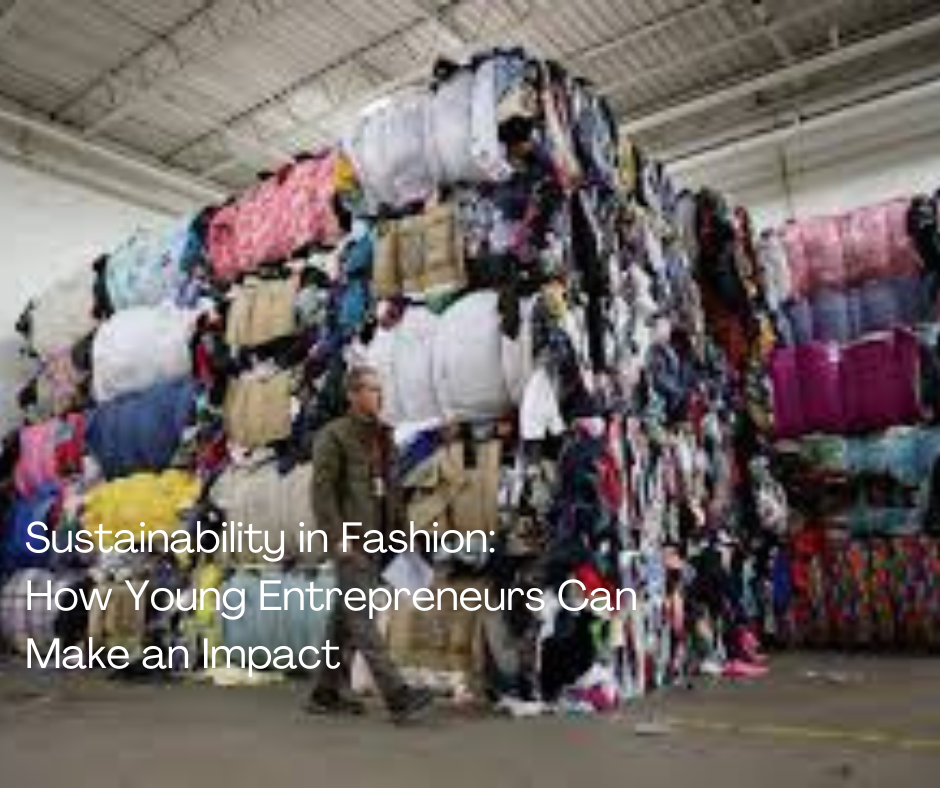
The narrative of the fashion world is undergoing a dramatic shift. While style and innovation remain central, a new player is making its presence felt strongly: ethical sourcing. But as this term gains traction, especially among millennials and Gen Z consumers, many young entrepreneurs are left wondering about its intricacies. So, what does ethical sourcing entail, and how can it be interwoven into a budding fashion business?
Decoding Ethical Sourcing:
Ethical sourcing transcends the traditional confines of mere procurement. It’s a holistic approach that encapsulates several dimensions: human rights, fair wages, decent working conditions, and ecological responsibility. By embracing ethical sourcing, businesses don’t just source materials – they make a commitment to the well-being of every individual and the environment involved in the creation of their products.
Steps to Implementation:
Deep Research:
Venturing into ethical sourcing begins with comprehensive research. Today, there are myriad tools and indices designed to assist businesses in evaluating potential suppliers. One standout is the Sustainable Apparel Coalition’s Higg Index, a tool specifically crafted to assess environmental and social labor performance across the supply chains in the apparel, footwear, and textile sectors.Direct Communication:
While tools and metrics offer valuable insights, direct conversations can illuminate much more. By interacting with potential suppliers, businesses can gauge their commitment to ethical practices. Questions about fair wages, working conditions, sustainability initiatives, and even employee benefits can provide deeper understanding.Site Visits:
Nothing beats firsthand experience. Personal visits to production facilities or farms offer a candid view of the operations. It allows brands to witness working conditions, environmental practices, and the general morale of the workforce.Audits:
To ensure continued commitment to ethical standards, regular audits are essential. Consider partnering with third-party organizations, such as Fair Trade, to conduct these evaluations and provide certifications that can be showcased to consumers.
Real World Example:
Reformation, a brand synonymous with chic sustainable fashion, serves as an epitome of ethical sourcing. Their approach is dual-faceted: emphasizing the use of eco-friendly materials, such as organic cotton and Tencel, and prioritizing ethical labor practices. Their transparency is commendable, presenting a clear view of their supply chain and empowering consumers to make informed choices.
Advantages:
At first glance, ethical sourcing might seem like an onerous journey, but its rewards are manifold. The moral imperatives are undeniable, ensuring dignity and respect for all. However, from a business standpoint, the advantages are equally compelling:
Consumer Trust: With a growing number of consumers leaning towards sustainable brands, as highlighted by a McKinsey report, ethical sourcing can be a cornerstone in building trust and loyalty.
Brand Image: Ethical sourcing propels a brand’s image from being just another fashion label to an entity that cares, stands for values, and looks beyond profit.
Longevity: In a world where businesses are often scrutinized for their environmental and social impact, ethical sourcing can provide a buffer against potential PR disasters and ensure brand longevity.
Conclusion:
Ethical sourcing, in the grand tapestry of the fashion business, is not just a thread; it’s the fabric itself. For young entrepreneurs keen on weaving a legacy, understanding and implementing ethical sourcing isn’t just beneficial – it’s imperative. As they sketch their entrepreneurial journey, integrating these principles ensures their path is paved with integrity, respect, and success.


